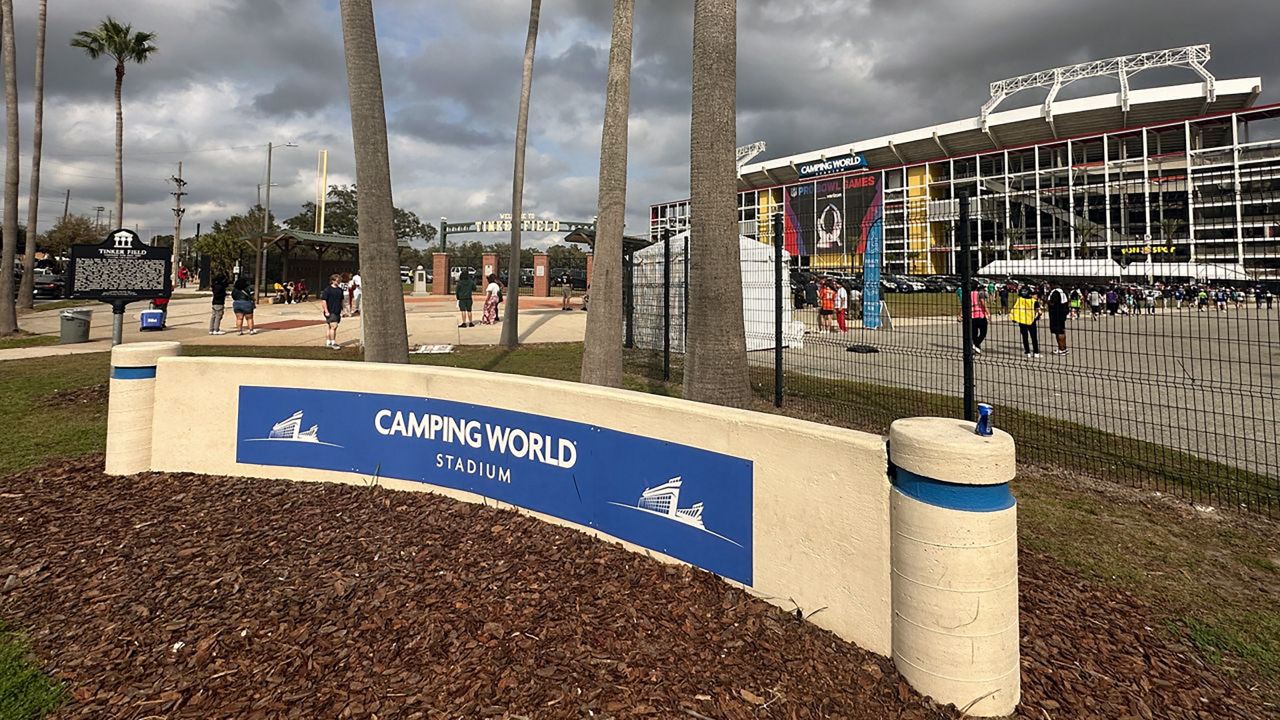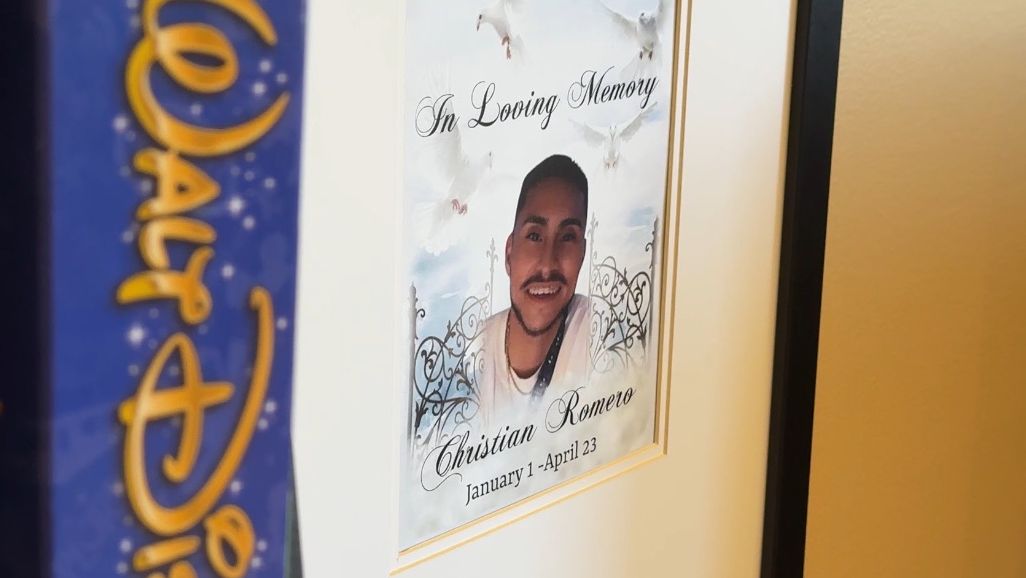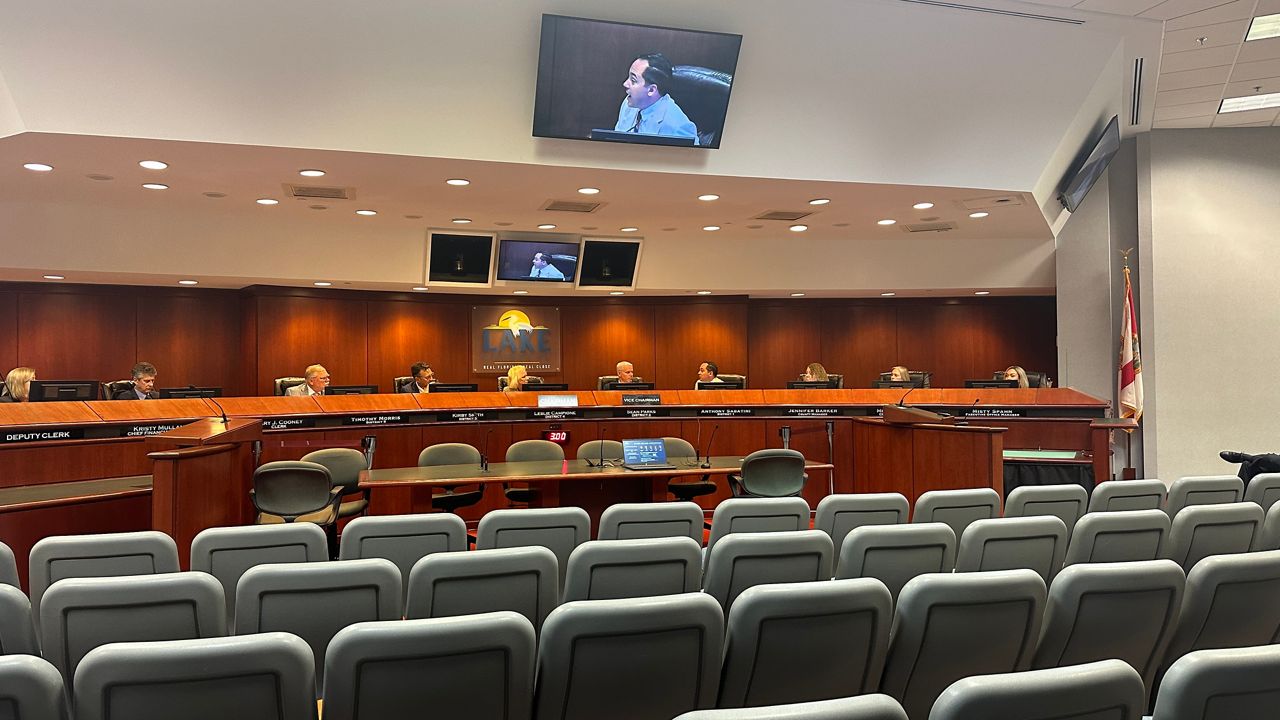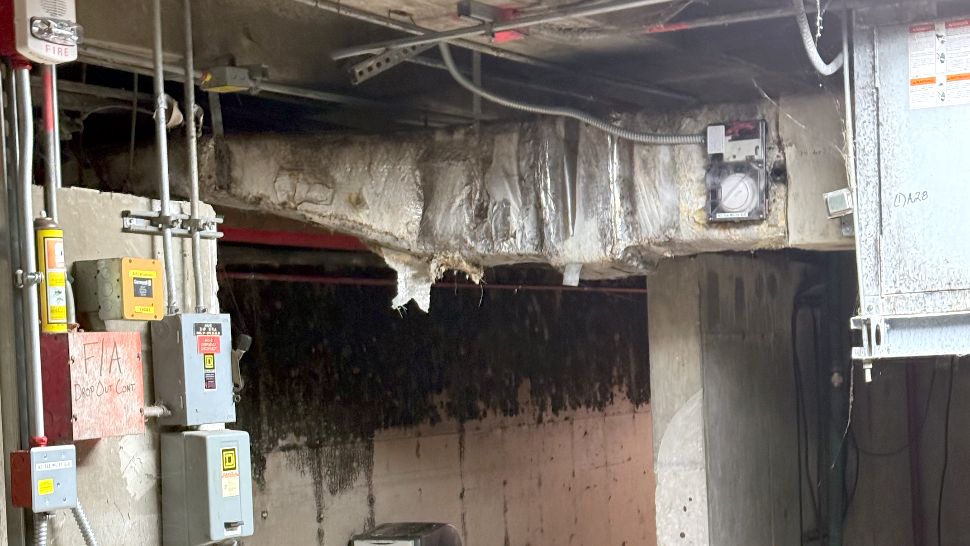ORLANDO, Fla. — Seven-year-old Junior drag racer Elienisse Zoe Díaz Rodriguez succumbed to her injuries following a track accident at Orlando Speed World on Feb. 2.
According to the Florida Highway Patrol’s report, Rodriguez lost control of her racecar and, as a result, struck a safety guide employee before striking a concrete wall.
She died from her injuries on Tuesday, Feb. 4.
Incidents like these shed a light on safety concerns on the highly competitive sport that kids can begin as young as five years old.
When it comes to the sport of racing, organizations like the Orlando Kart Center aim to remind people of all ages that motorsports are inherently dangerous sports.
But this sanctioning body is doing everything in its power to keep kids safe on the track.
Orlando Kart Center ten-year-old micro kart racer Mikey Collins says his ultimate goal is to make it to Formula 1.
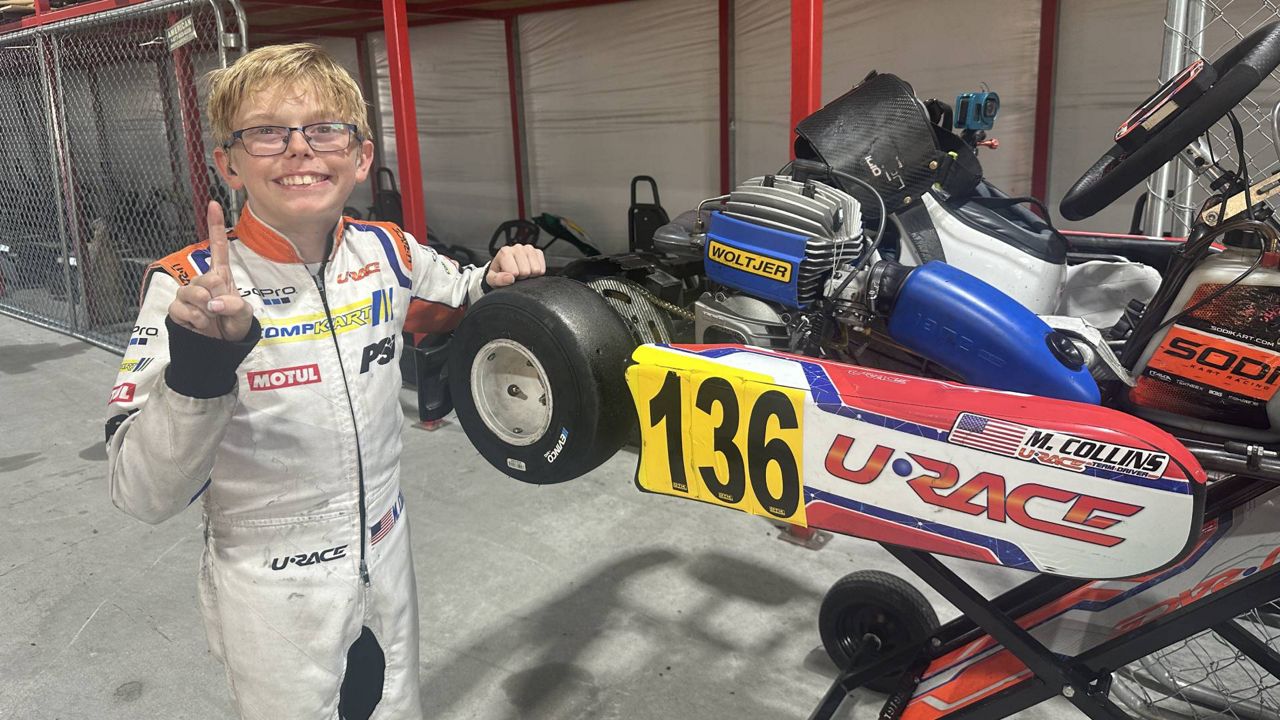
“And pass my idol Max Verstappen,” says Collins, who started kart racing at the age of five.
But getting there means getting the right amount of training while keeping safety top of mind.
For Mikey Collins, safety begins with protective racing gear, including a rib, chest and neck protector that he wears over his driving suit.
“The thing about the neck protector, he has flipped and landed on his head, but sustained little to no injuries, and this protects his neck from hyper-extending and possibly breaking," Mikey's father, Stephen Collins, says.
Even though he’s aware that accidents can happen, Stephen says he’s put his trust in his son's coaches and knows that the track he practices on is safe with flexible barriers and absorber springs.
Driver coach at Orlando Kart Center, Daniel Costa, oversees OKC’s driving school for kids as young as five years old.
He says instilling a sense of discipline is the key when teaching kids that young about safety on the track.
“Some kids use the sport to become more concentrated, some other kids will use to be able to analyze different scenarios or to address a task,” said Costa, who started racing at the age of six.
He says even though drag and kart racing are two different versions of the same sport, both ultimately share the same goal of reaching maximum speed in a short time span, meaning the safety rules remain the same.
“Racing is not the fastest drive, it’s whoever follows the rules. You could be the fastest driver, but getting a penalty — that won’t take you any further, so I think for any sport, especially because we’re dealing with speed, the safety part is what helps the parents and the kids to understand that this can hurt you,” said Costa.
Collins described what he considered being most difficult when driving the cadet chassis go-kart.
“It’s so precise, you have to get all the turns and everything exact. All the insides of the turns and know exactly where to brake," he said.
According to the National Hot Rod Association, the cars that Junior Drag Racing league competitors race are called "Junior Dragsters," and they can go as fast as 85 mph and as quick as 7.90 seconds in an eighth-mile, though younger competitors are restricted to slower times/speeds.
The NHRA adds that it places speed and elapsed-time restrictions on competitors based on their age and experience.
Junior Drag Racers are required, per the NHRA’s rules, to carry necessary gear, including an approved helmet, jacket, neck collar, and gloves. All drivers must also wear long pants and arm restraints while behind the wheel of their Junior Dragster.
Launched in 1992, the Junior Drag Racing League was intended so that kids can begin preparing for a career or hobby in drag racing long before they can obtain a state driver’s license.
A GoFundMe in tribute to Elienisse has already received more than $30,000 in donations to cover funeral costs.
GoFundMe.com, or any other third-party online fundraiser, is not managed by Spectrum Bay News 9 or Spectrum News 13. For more information on how GoFundMe works and its rules, visit http://www.gofundme.com/safety.








